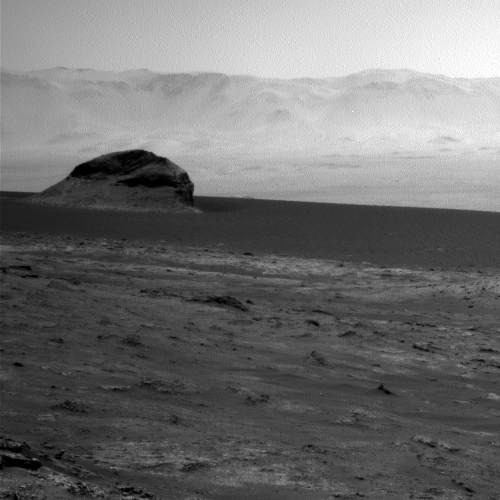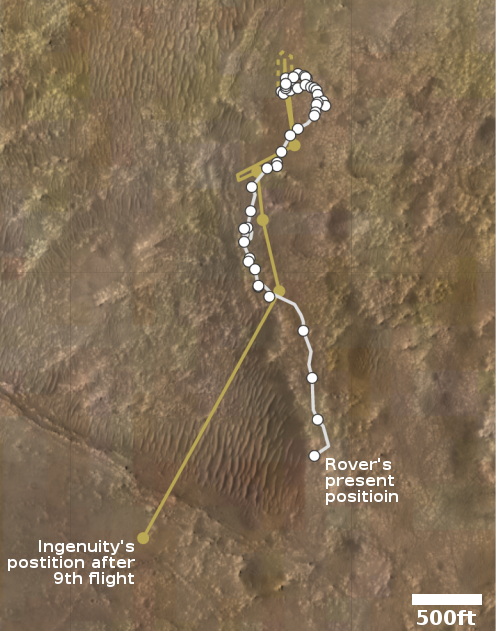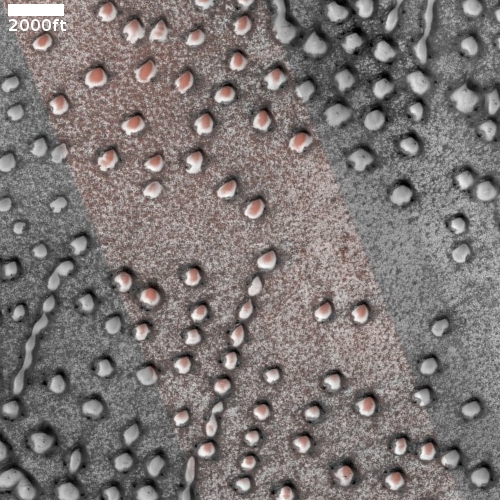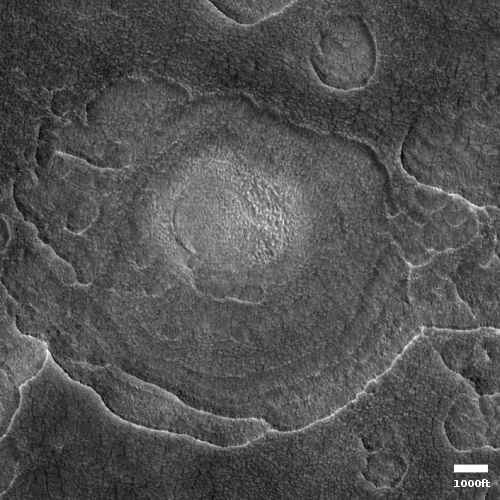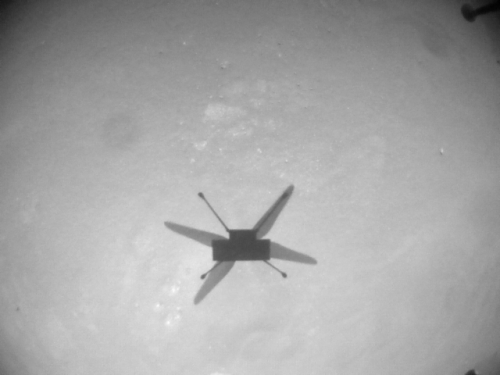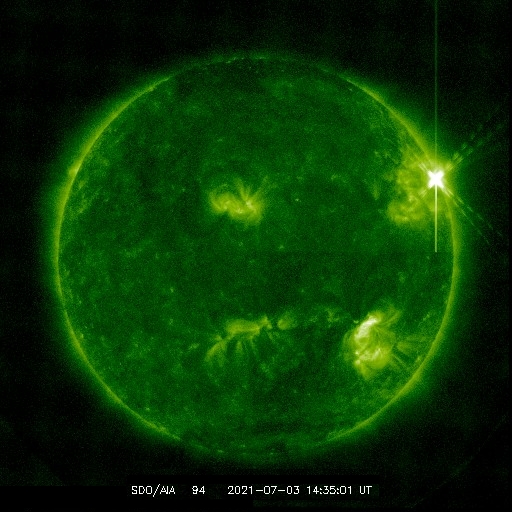China launches 5 military reconnaissance satellites
Using its Long March 6 rocket, China today successfully launched five military reconnaissance satellites.
This is China’s fourth successful launch in the past week.
Though this newer rocket’s first stage does not use toxic hypergolic fuels — China’s older rockets — that first stage still crashes in China after its job is done and it falls to Earth. No word on whether it landed near inhabited regions.
The leaders in the 2021 launch race:
22 China
20 SpaceX
11 Russia
3 Northrop Grumman
The U.S. still leads China 29 to 22 in the national rankings.
Using its Long March 6 rocket, China today successfully launched five military reconnaissance satellites.
This is China’s fourth successful launch in the past week.
Though this newer rocket’s first stage does not use toxic hypergolic fuels — China’s older rockets — that first stage still crashes in China after its job is done and it falls to Earth. No word on whether it landed near inhabited regions.
The leaders in the 2021 launch race:
22 China
20 SpaceX
11 Russia
3 Northrop Grumman
The U.S. still leads China 29 to 22 in the national rankings.




